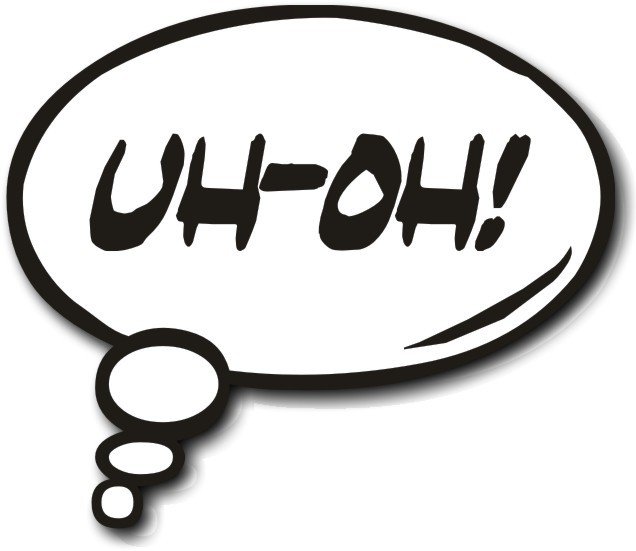A great VP doesn’t make the plan every single month
But a great VP never hides the facts or allocates blame when they miss it
— Jason ✨Be Kind✨ Lemkin (@jasonlk) April 19, 2021
We’ve written a lot on SaaStr on how to find a great VP of Sales, what the risks are, what risks to take, etc.
We’ve also summarized a few critical factors that will tell you, within 30 days, if your VP of Sales won’t work out. This post was pretty controversial originally, but I think most folks now agree with its conclusions:
But given how often folks still don’t pull the plug on a bad VP of Sales hire for up to a year … I wanted to bullet out a longer, 10-point checklist of Warning Signs. That she or he just isn’t going to work out … at your start-up. Maybe at a different one, at a different time, or stage, or subject matter, they might be successful. But not at your start-up:
- The Blame Game – Down. As soon as you hear a VP of Sales start to blame their own reports for missing a number, it’s over. These are their hand-picked team members, after all. When a VP of Sales has lost confidence in their ability to hit a number, it’s always easy to blame someone on their team. But a great VP of Sales never does. They just … take care of their mishires. In fact, if the issue really is a mishire, that person is gone before the issue even needs to be discussed. So the Blame Game – Down is an almost 100% clear sign your VPS isn’t going to make it.
- The Blame Game – Product (too much). A little of this is OK, and fair. The product is always feature-poor and missing critical needs for customers. But that was also true before you hired the VP of Sales …
- The Blame Game – Competition. Yes, competition is brutal. But again, it was right before he started, too. A great VP of Sales gets better at competing over time. Not worse.
- The Blame Game – More Time. You can’t expect results overnight. But you can expect some improvement in 1 sales cycle. More on that here. More time does not cure sales woes.
- An (often big) drop in quota attainment. Quota attainment should go up when you hire a great VP of Sales. But with a mediocre one, or really, a VP of Sales that is just a bad fit … you often see quota attainment plummet. Quickly.
- Top reps leaving. The best VPs of Sales know how to keep their winners. They never let them leave, in fact. If you see winners leaving, you have the wrong VP of Sales. Period. This may sound obvious … yet, this is very common to see. Don’t accept excuses here. This is as clear a sign as you are going to get.
- “We’ll make it up next quarter.” Sometimes this is true. There are always better and worse quarters. But a great VP of Sales never, ever simply dismisses a bad quarter by saying they’ll make it up next quarter. Instead, she says, “This was a tough quarter. Here’s what we screwed up: ____, ____, and _____. It’s mostly fixed now. So next quarter, ….”
- A crazy plan that doesn’t really make sense or tie to data. Related to the prior point. A bold plan can be good. But no, you can’t just magically quadruple sales in Q4 when you were only growing 20% in Q1. A crazy ramp is an excuse in disguise and waiting. It’s kicking the can on having to explain that you don’t really know how to improve sales.
- A drop in revenue retention. A strong VP of Sales in a start-up is focused on the ARR goal, not just new bookings. She’ll know some of her highest leverage in hitting the ARR plan for the year is increasing upsell, increasing net revenue retention, and decreasing churn. Even if Customer Success isn’t remotely part of her nominal job description, she’ll still want to own enough of it to see flat or improved revenue retention. Of course, she will. Her job is just that much harder if retention declines.
- Not understanding the business and/or key metrics. I see this too often. 🙁 A VP of Sales that doesn’t know how the company defines an MQL. That isn’t sure how many leads sales got last month. That isn’t clear on how a new key feature works. That doesn’t know the status of a key Top 10 deal (this one is way too common).
- Fear. Sales is hard. It’s hard to hear 50 “Nos”. It’s hard to lose a big deal to a competitor after you put months in a deal. It’s hard to be judged quantitatively every month and quarter. It’s hard to always have to do better. It’s just hard. And sometimes, it’s simply too hard. When you see fear in the eyes of your VP of Sales, it’s over.
When you hear these 10+ excuses, it’s time to make a change.
Waiting won’t help. It will just make it worse. They’ll hire more mediocre reps that will miss more quotas. They’ll continue to wave their hands and try to hide issues. And you’ll delay making the time to level things up.
And finally, remember this is your fault. Oftentimes, a mishire here goes on to be much more successful at a different start-up at a different phase, at a different place in time. Read more about the 48 Types of VP of Sales below. It doesn’t necessarily mean she/he can’t be very good, or even great, somewhere else. But if she/he isn’t going to work out at your company, that’s on you. So make a change.
(note: an updated SaaStr Classic post)


